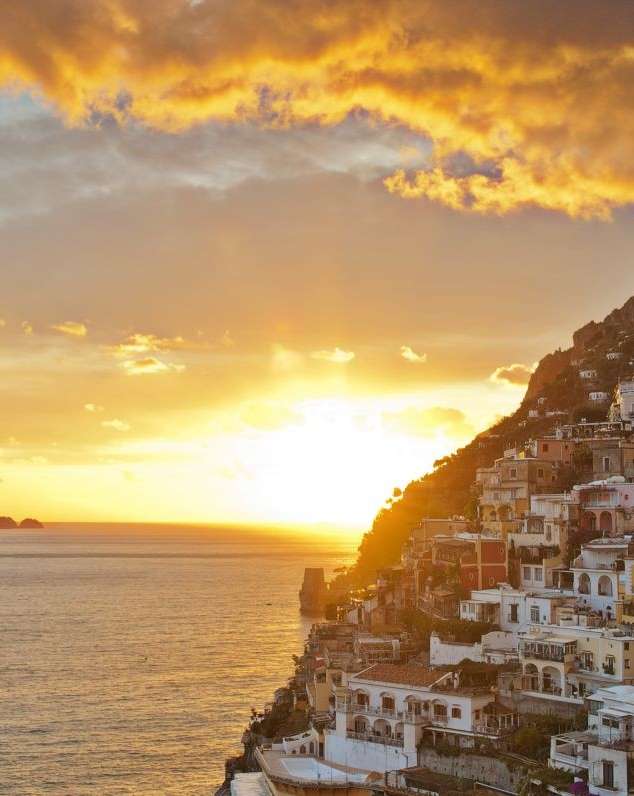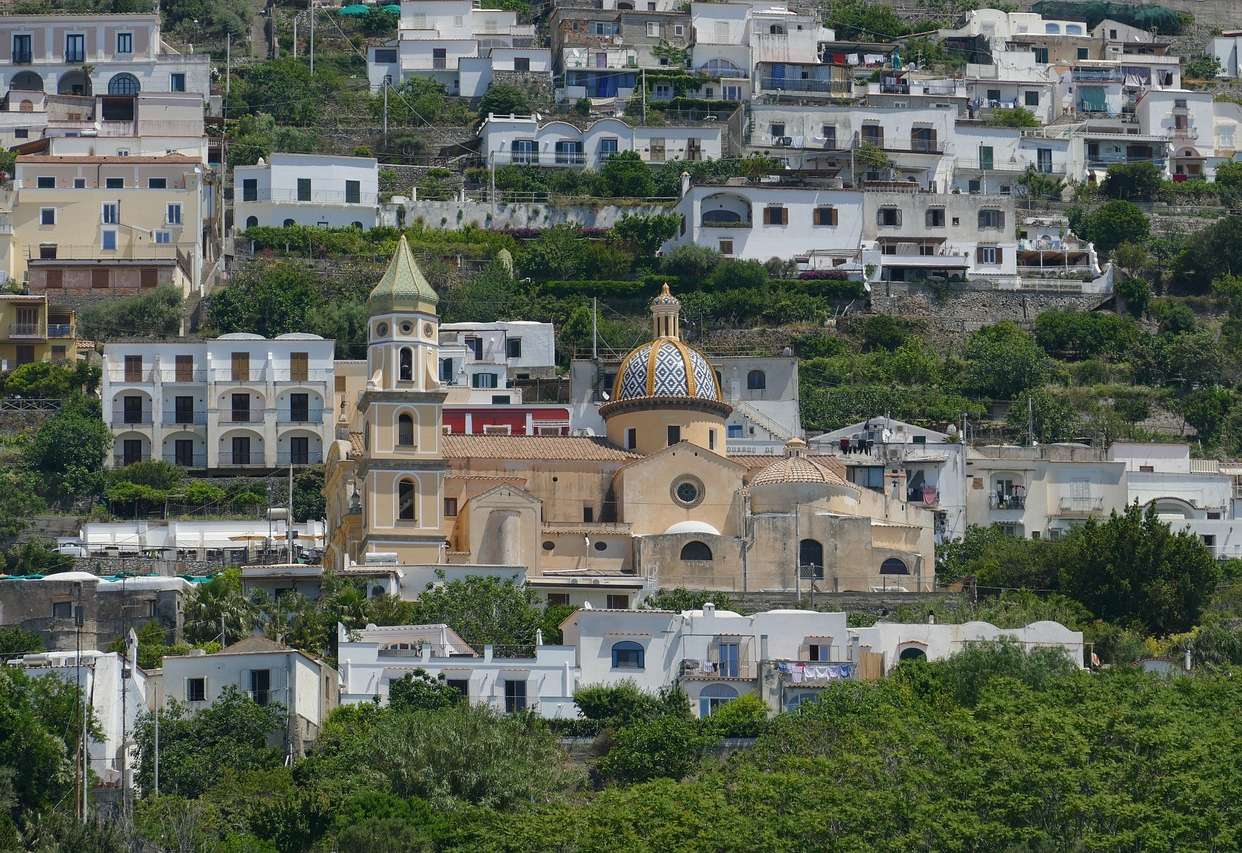
Things to see in Vietri sul Mare: beaches, churches and the Two Brothers
January 23, 2015Gateway to the Amalfi Coast and world capital of ceramic art, Vietri sul Mare is located in the most protected spot of the gulf of the same name, between Salerno, which is just three kms away, and Cetara. In 1997, it was declared a UNESCO World Heritage Site, along with other villages and towns of the coast.
Symbol of Vietri sul Mare are the Two Brothers (Due Fratelli), which are sharp and curiously shaped rock formations, emerging from the waters of Torre Crestarella’s beach. There are many popular legends about them, the most famous one telling the story of two shepherds: they were brothers and they both perished at sea in an attempt to save their flock of sheep from being swept away by the waves. Therefore, the gods decided to honor their courage by making them immortal, in the shape of these two huge rocks.
Another very well-known emblem of Vietri sul Mare is the Church of St. John the Baptist, which was built in the seventeenth century in late-Renaissance style, with a huge dome and a great bell tower dominating the entire center of the town. The church is in fact placed slightly uphill and can be reached walking down the narrow via Taiani and then via San Giovanni. Inside, you can find a series of very valuable and finely decorated ceramic altars, as well as valuable paintings by Andrea Sabatino, Solimena, Pietro De Rosa and Lorenzo Fiammingo.
Other interesting churches to see in Vietri sul Mare are the Arciconfraternita dell'Annunziata e del Rosario, the Church of St. Margaret of Antioch in the hamlet of Albori, the Parish Church of Raito, the Church of Madonna delle Grazie in the hamlet of Benincasa, and the Church of the Madonna dell’Arco.
Then there is the stunning Palazzo della Ceramica Solimene, designed by architect Paolo Soleri, who took the famous Guggenheim Museum in New York as a model. It is an imposing building, home to a prestigious factory of ceramics, among other things; it is characterized by eight high towers and its façade is entirely covered with red and green tiles. Vietri has also devoted to ceramics two important exhibition spaces, the Ceramics Museum, housed within the complex of Villa Guariglia in Raito, and the Cargaleiro Museum.
In Vietri sul Mare you can obviously find beach facilities, all located in the hamlet of Marina, which is dominated by a sixteenth-century Saracenic tower, and nature trails: one of these is the famous route of the Avvocata, also known as "Path of the Gods" for the magnificence of its view.
















